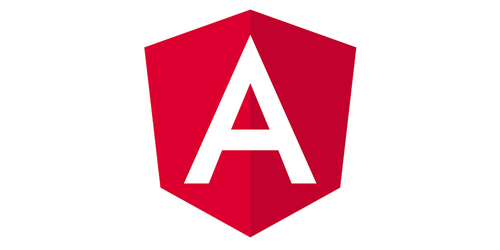In the realm of web development, Angular stands as a formidable front-end framework known for building dynamic and responsive web applications. In the world of data collection, email addresses are often crucial, but what if you want to implement email validation without a conventional HTML form? This extensive guide will empower you with the knowledge and techniques to perform email validation in Angular without the need for a traditional form structure. We'll explore advanced methods, best practices, and real-world examples, so you can ensure data integrity while delivering an exceptional user experience.
Why Email Validation in Angular Without Forms Matters
Data integrity is at the core of every successful application. Email validation is a fundamental aspect of data integrity, and it offers several benefits:
1. Data Quality: Email validation ensures that the data you collect is accurate and formatted correctly.
2. User Experience: Prompt and precise email validation enhances the user experience by providing real-time feedback.
3. Security: Valid email addresses are essential for authentication, communication, and security.
4. Data Consistency: Email validation ensures that the data collected adheres to a consistent format, reducing the risk of errors.
Now, let's delve into the world of email validation in Angular without forms, understand its importance, and explore advanced techniques to implement it effectively.
Email Validation in Angular Without Forms: Advanced Techniques
Email validation in Angular can be achieved without traditional forms, thanks to its robust set of tools and features. Here are the primary aspects of email validation without the form structure:
1. Custom Validators: Angular provides the ability to create custom validators. You can implement custom validation functions to check the format, domain, and specific criteria of an email address.
2. Direct Input Handling: Utilize Angular's direct input handling mechanisms to interact with the email input element. You can employ event listeners and directives to capture user input and apply validation logic.
3. Real-Time Validation: Implement real-time validation by subscribing to user input events and providing instant feedback as the user types their email address. This enhances the user experience and data accuracy.
4. NgModel Directive: The NgModel directive in Angular allows for two-way data binding between input elements and component properties. You can utilize this feature to handle email validation without forms efficiently.
5. Input Fields and NgControl: Angular's NgControl provides access to an input element's properties, allowing you to perform custom validation and implement email validation without the use of traditional forms.
Implementing Email Validation in Angular Without Forms
Let's take a closer look at how you can implement email validation in Angular without traditional forms:
1. Create an Input Element: Begin by creating an input element in your component's template. Apply NgModel and directives to bind the input field to component properties.
2. Implement a Custom Validator: Write a custom validation function that checks for the email's format and any specific criteria you require.
3. Real-Time Validation: Utilize event listeners or Angular directives to capture user input and subscribe to input events. Apply your custom validator to the user's input and provide feedback as needed.
4. Display Validation Messages: You can display validation messages directly in your component's template to inform users of any errors or requirements.
5. Data Consistency: Ensure that data consistency and accuracy are maintained as users interact with the input field.
Best Practices for Email Validation in Angular Without Forms
To maximize the effectiveness of email validation without forms in Angular, consider the following best practices:
Custom Validators: Create custom validation functions that align with your specific requirements, whether it's domain validation, format validation, or any other criteria.
Real-Time Feedback: Implement real-time feedback to provide instant validation messages and enhance the user experience.
Component Modularity: Maintain a modular structure for your components, separating validation logic from the core functionality for cleaner and more manageable code.
Testing: Rigorously test your email validation to ensure it functions flawlessly under various scenarios.
Accessibility: Ensure that your validation messages are accessible and can be read by screen readers.
Commonly Asked Questions About Email Validation in Angular Without Forms
Is real-time validation necessary for email input fields in Angular without forms?
Real-time validation enhances user experience but is not always essential, depending on the application's requirements.
How can I handle server-side email validation without forms in Angular?
You can make an HTTP request to your server to validate the email address server-side. Utilize Angular services and HTTP modules for this purpose.
Can I use Angular email validation without the NgModel directive?
Yes, you can implement email validation without the NgModel directive by subscribing to input events and applying custom validation logic directly to the input element.
What are some common criteria for custom email validation in Angular without forms?
Common criteria include format validation, domain validation, and additional custom requirements based on your application's needs.
Is it possible to validate multiple email addresses without forms in Angular?
Yes, you can implement email validation for multiple email addresses without forms by following the same principles and applying them to each input field.
In conclusion, mastering email validation in Angular without forms is essential for maintaining data integrity, enhancing user experience, and ensuring security. By implementing custom validation functions and providing real-time feedback, you'll create web forms that users trust and rely on, all while enjoying the flexibility and modularity of Angular. This advanced approach to email validation offers a seamless user experience while ensuring the accuracy and consistency of the data you collect.



